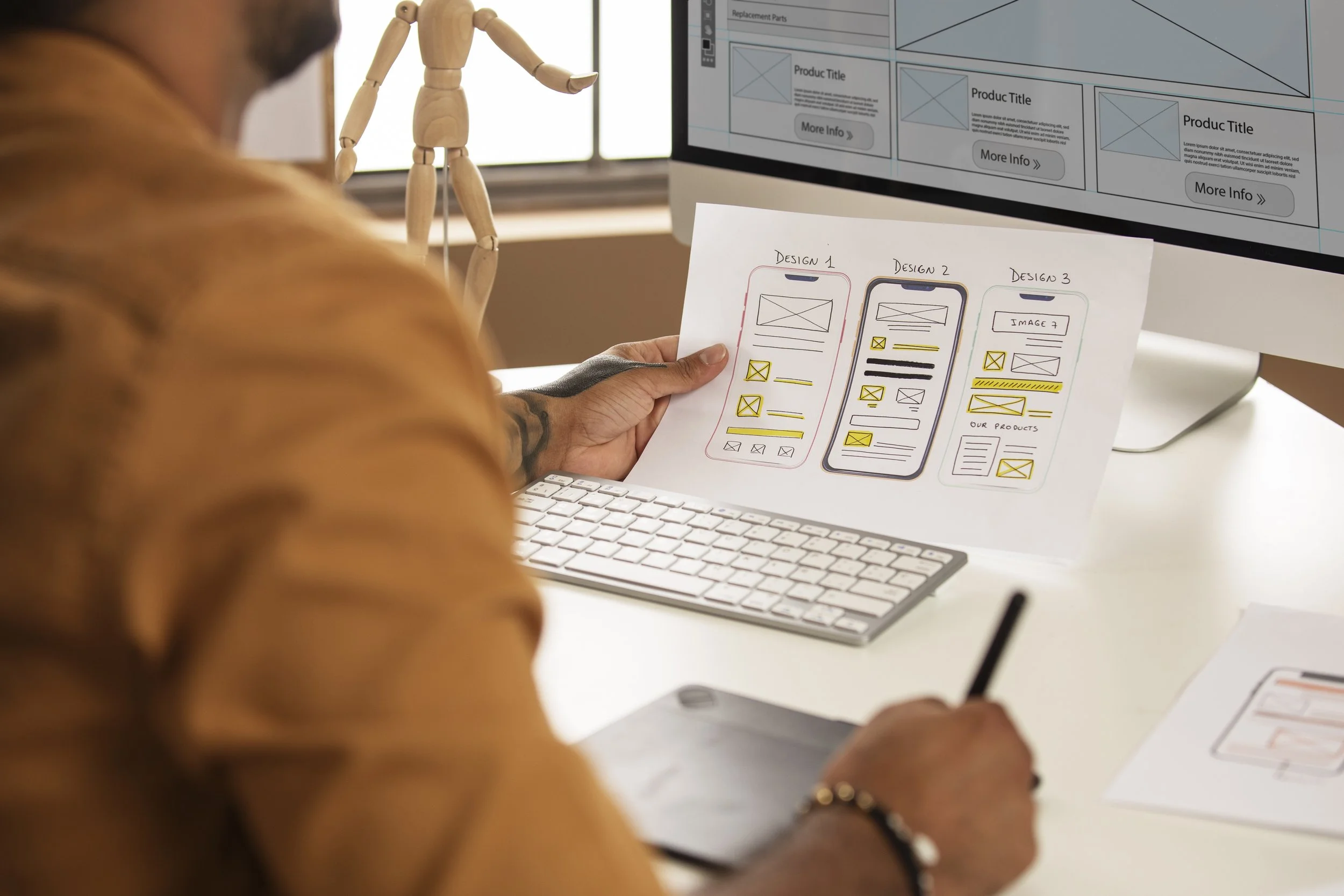The Myth of Rational B2B
It’s tempting to think that B2B decisions are rational by nature. Structured. Analytical. Objective. After all, there are RFPs to complete, scorecards to fill, and procurement processes to follow.
But real decisions rarely follow that neat path. In practice, they’re shaped by risk, habit, internal politics and personal gain — as much as by logic or value. That’s not a criticism. It’s just how people work.
At IB, we’ve spent decades working with product leaders across tech, pharma, travel and beyond. And what we’ve consistently seen is this: products succeed not just because they’re built well but because they’re understood deeply. That means understanding users and buyers as people — not personas.
That’s where psychology and neuroscience come in.
From Clicks to Cognitive Load
Traditional product validation methods surface what users do or say. They rarely show what users feel - especially when it comes to friction.
We recently worked with a global travel payments provider looking to improve their multi-currency solution by better understanding the needs of travel agents and how they navigate payment systems.
Adoption was decent, but something was missing. By applying psychology-informed research, we uncovered subtle areas of cognitive overload and user hesitation - moments where the process felt confusing, effortful or exposed. These insights led to refinements that made the product feel smoother, more intuitive and, ultimately, more trusted.
Insights Beyond Opinion
In B2B, feedback often reflects internal politics more than behavioural truth. When decisions typically involve multiple stakeholders, what people say can diverge sharply from what they do. This is where psychology helps.
Rather than asking for opinions, we uncover how decisions are actually made - the shortcuts, tensions and mental models that shape user behaviour under pressure. By mapping these patterns, product teams can avoid chasing consensus and instead design for how choices really happen.
It’s not about listening less. It’s about listening differently - reading between the lines to find the heuristics that drive action. When you stop optimising for what people say, you start building for what they do.
Design for Habit, Not Just Handoff
Once a B2B product is adopted, success depends on whether it becomes routine. That means understanding the psychology of habit: the cues, rewards and frictions that drive repeated use. Our work often helps clients identify and reinforce those behavioural patterns. It’s about designing with human behaviour in mind from the outset so that value feels not just clear but effortless.
The Value of Thinking Human
Business buyers are still people - with biases, shortcuts, pressures and preferences. They don’t always choose what’s best on paper. They choose what feels safe, familiar, or rewarding. That’s why understanding behaviour isn’t a nice-to-have. It’s a competitive edge.
And if your product strategy could benefit from that kind of thinking, we’re here.
If you’re looking to better understand the subtle forces that shape your customers’ decisions, we’d love to connect
By Katharina Wittgens
Contact me at: hello@weareib.co


